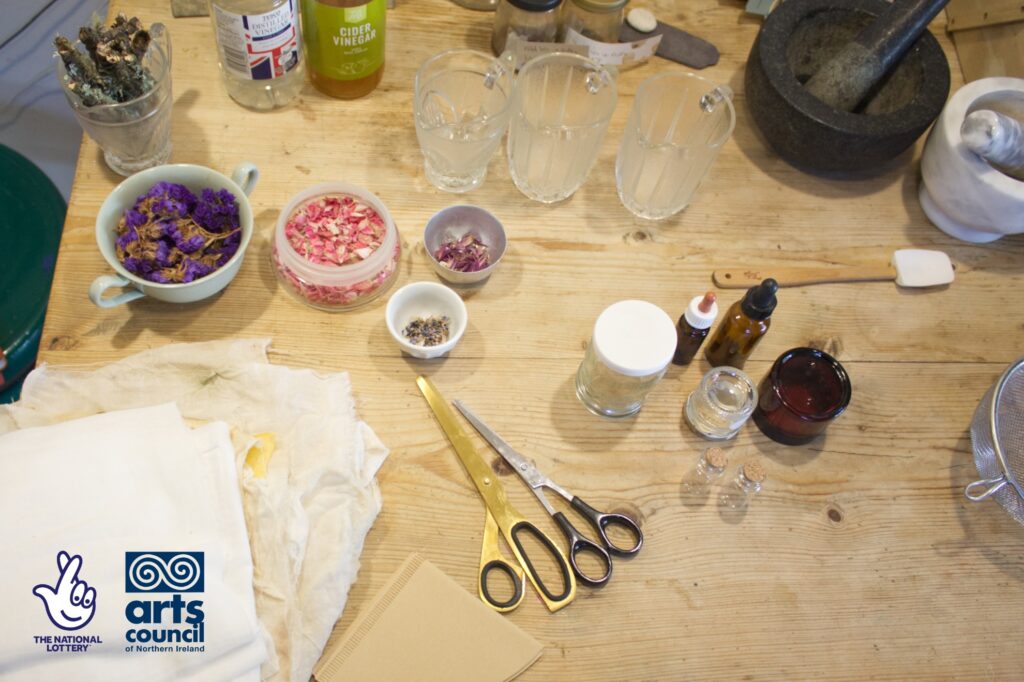
I had my first personal workshop with Joan Alexander learning how to make pigments from foraged nature. It was really fun to learn how to extract colour from a selection of plants. Thanks Joan!!
It’s the start of a project that sets out to explore sustainability within my practice, learning to create and experiment with homemade inks, and discovering how they affect the aesthetics of my animation work. I’ll be posting more about this learning over the coming months.
This project is supported by the National Lottery through the Arts Council of Northern Ireland. Thanks to National Lottery players and money raised for good causes.
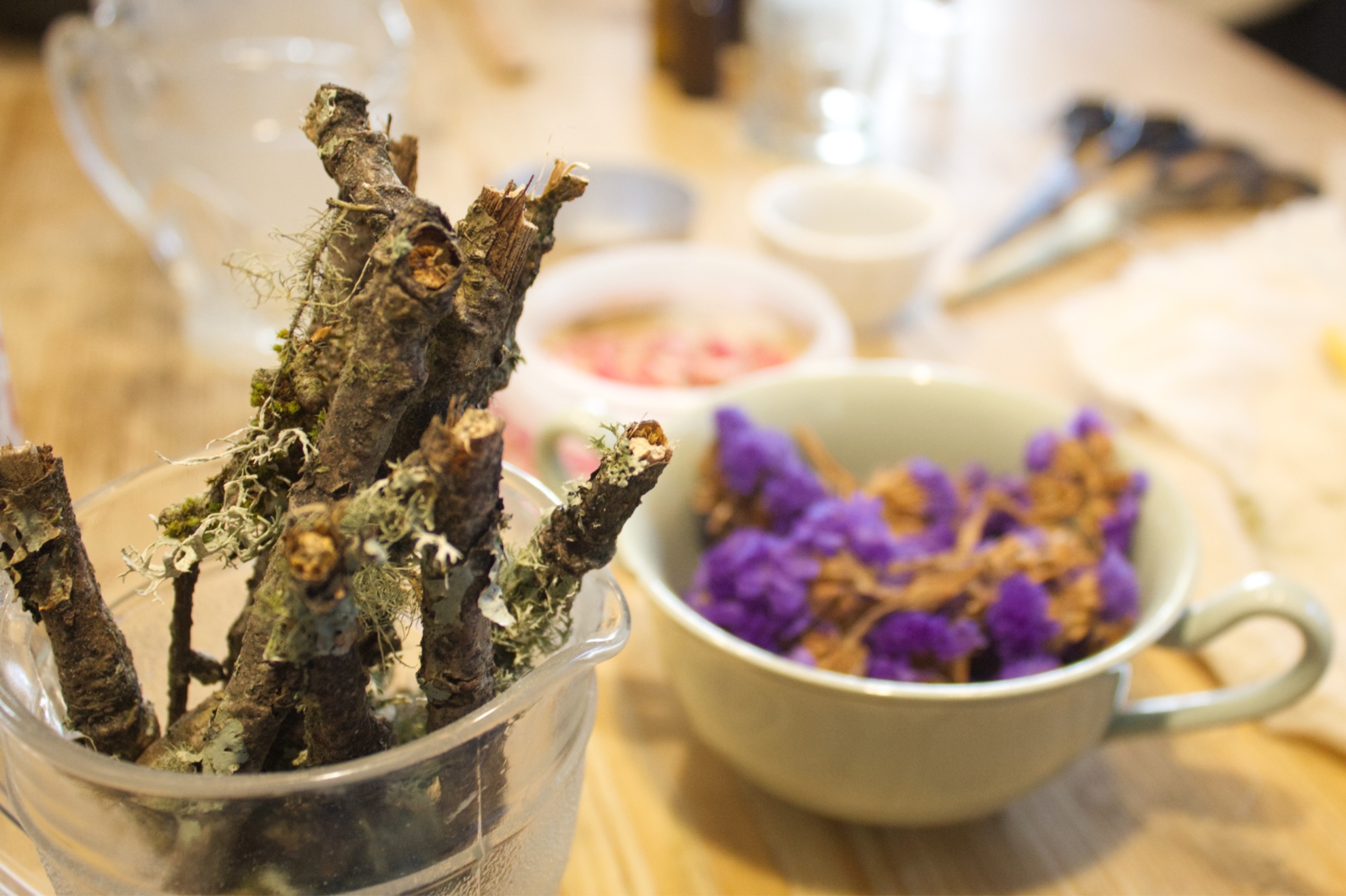

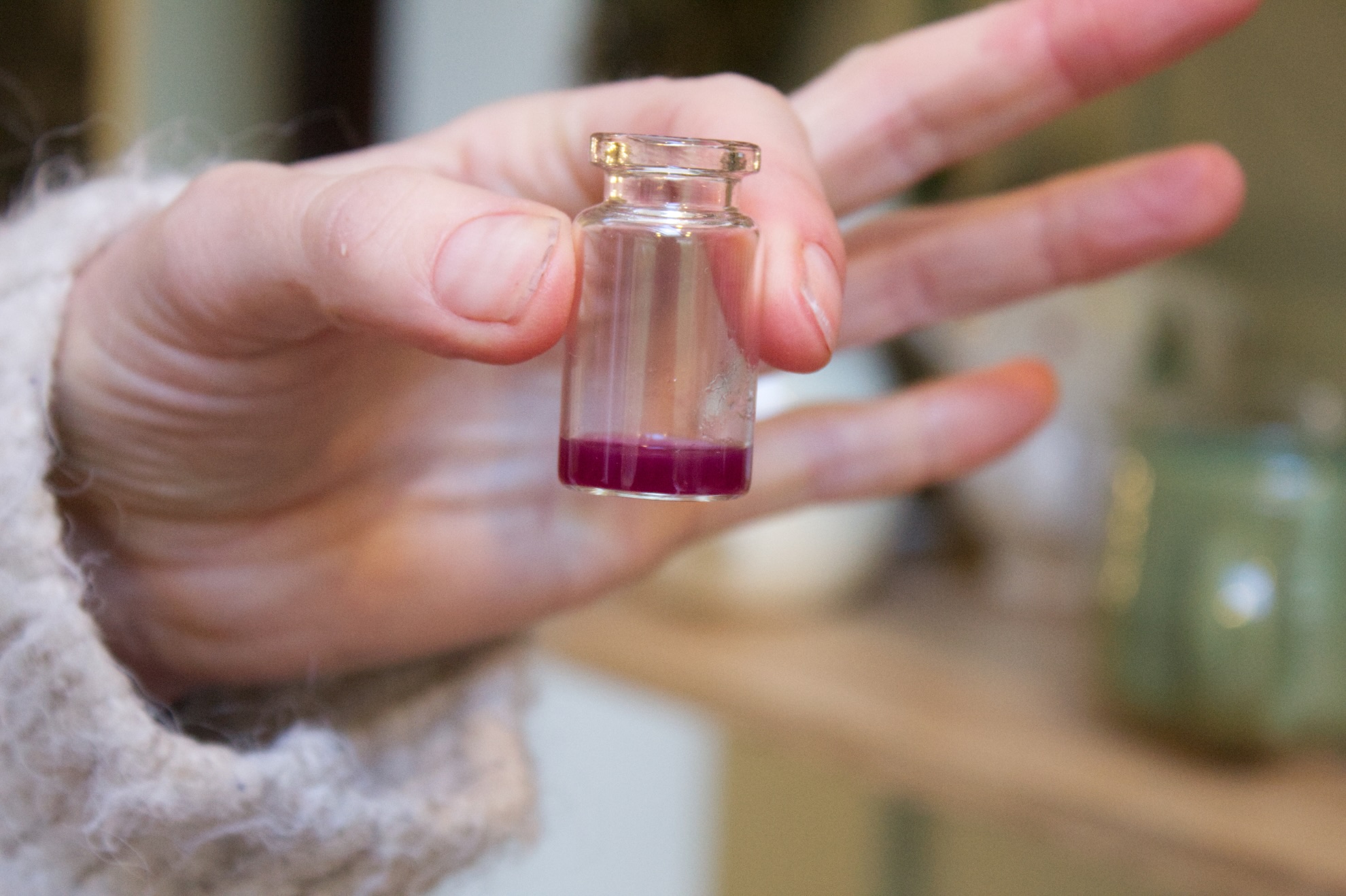
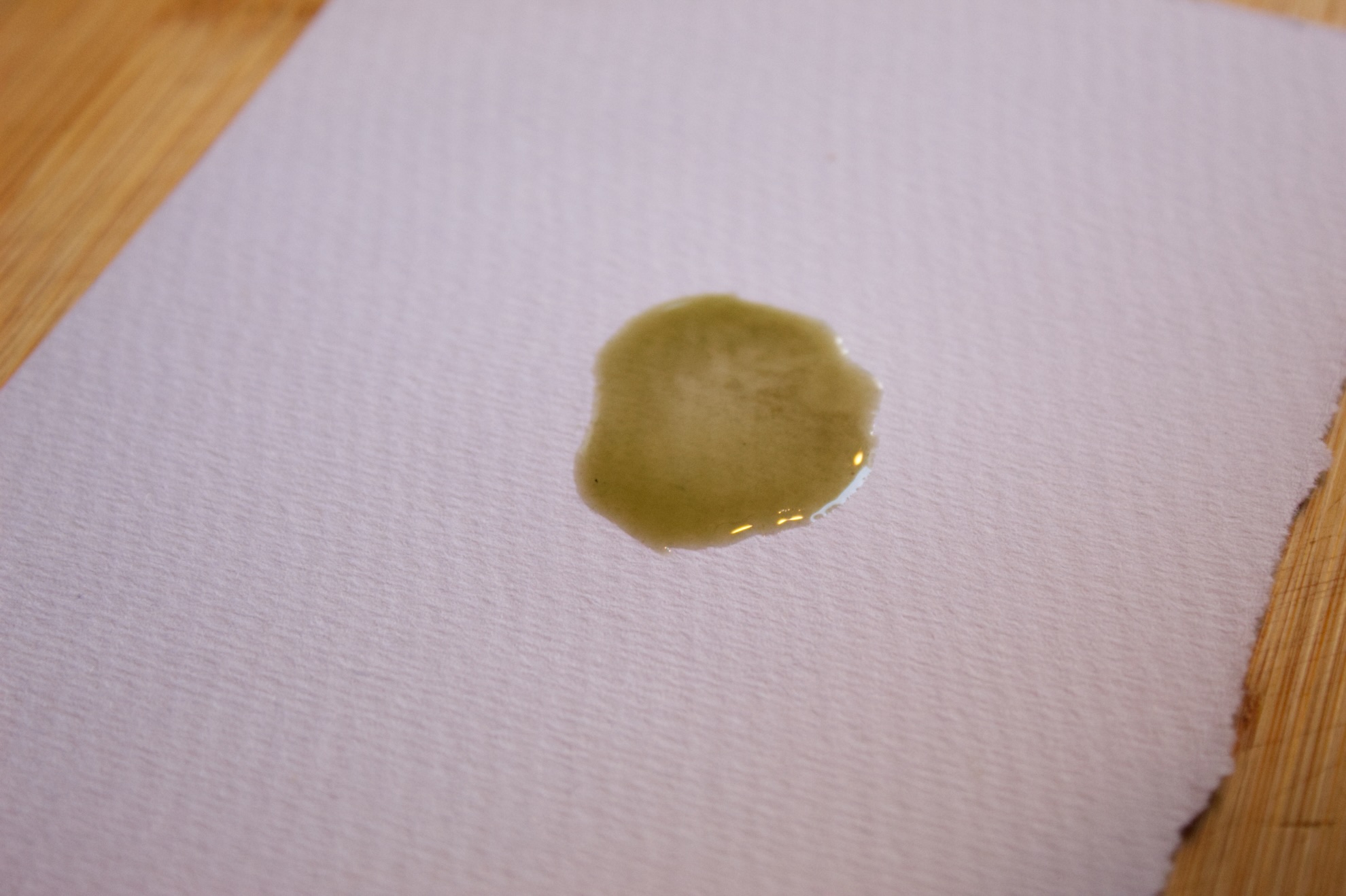
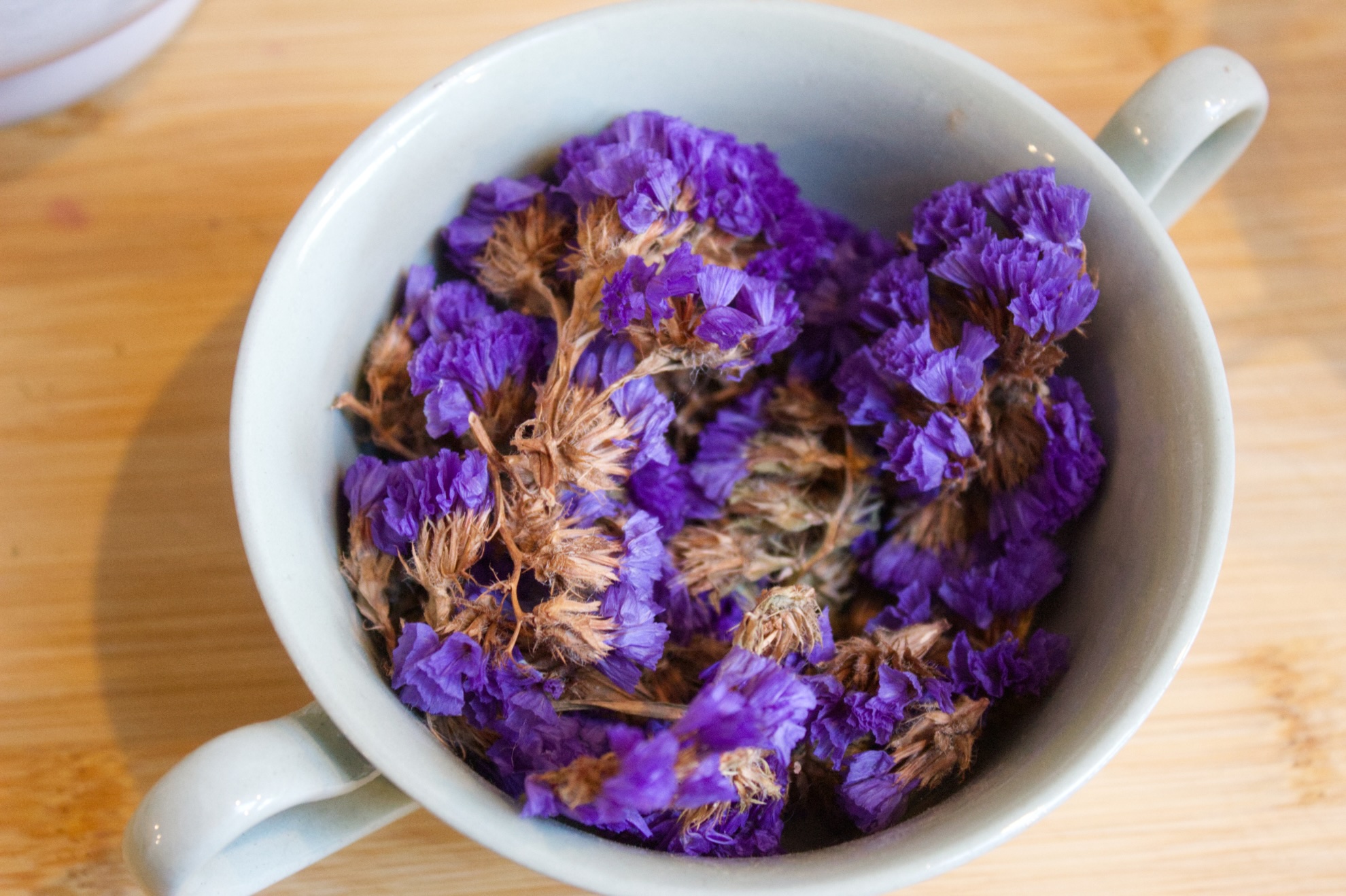

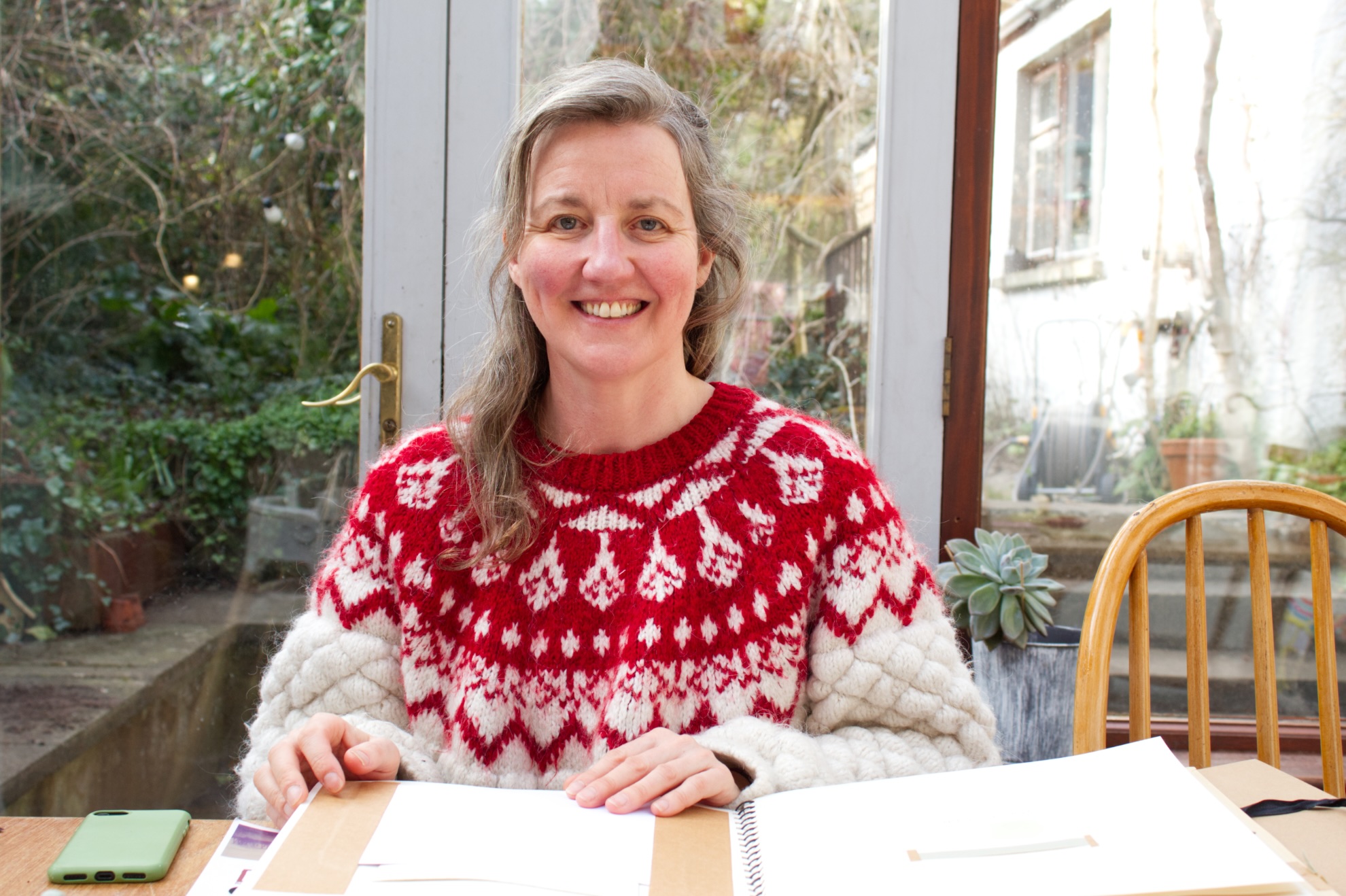
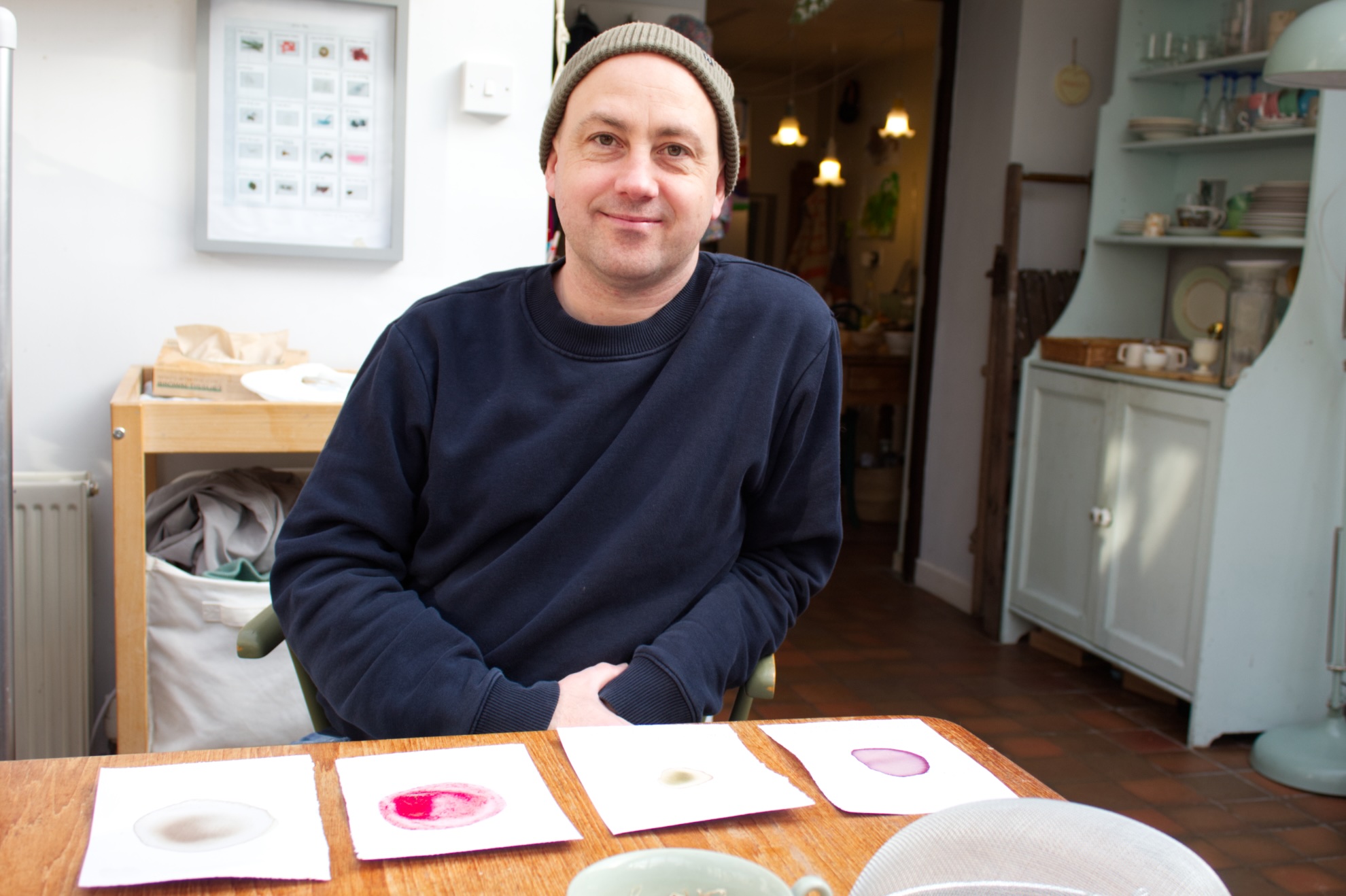

Using a selection of flowers, the leaves were washed and chopped up, put into a mortar with drops of white vinegar to help the extraction of pigment (but an alcohol like vodka can also be used). The leaves are slowly crushed with a pestle to release their colour pigment. The amount of liquid that is produced varies with every plant and flower.
The produce is scraped up from the mortar and set into a small piece of muslin cloth. The liquid pigment is then squeezed out of the muslin cloth into a small glass jug. Some items like the cactus flower produced a thicker liquid similar to saliva which was trickier to paint with, others were more watery and thiner. Some colours were strong, others more faint.
The pigment was painted onto a sheet of watercolour paper, making a note of the date and name of the foraged item. This would be a record of the colour. The pigment will fade and change colour not only as it dries, but over time as well. I plan to document each stage of the process to note the colour of each item as it is produced and dries to see how it changes. The inks do not dry immediately as they can be quite watery but I could see the colour changes of each swatch as they were drying.